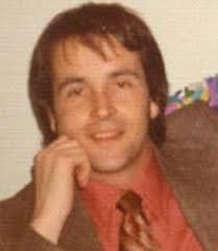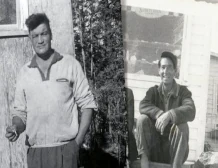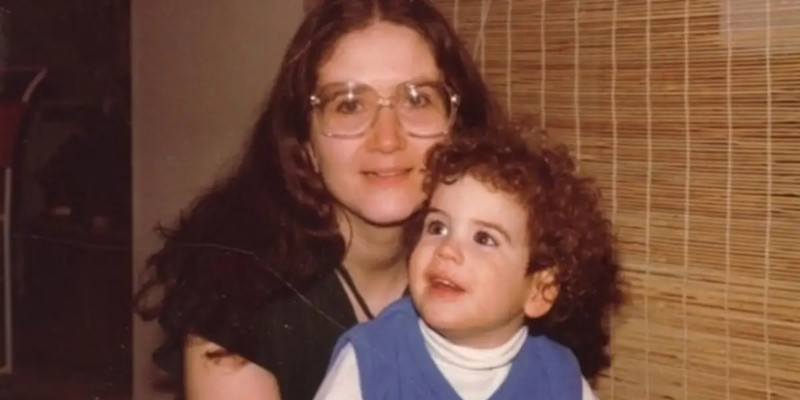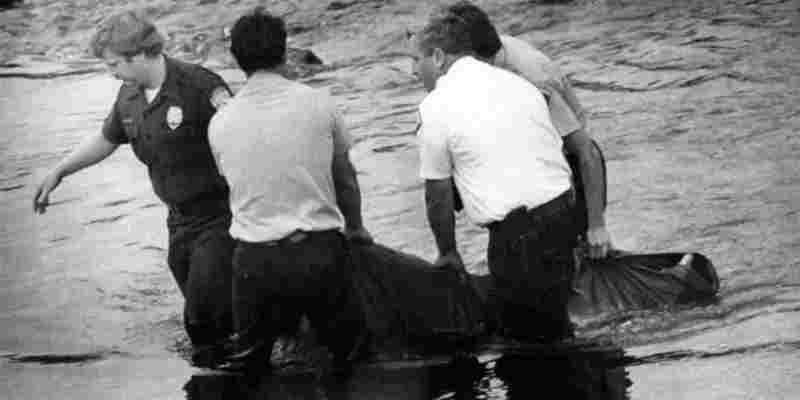Grew up in Manitoba and moved to Lethbridge. I love the city and the surrounding area, the winters are wonderfully mild and the summers are lovely. As others have said most of the crime is small stuff, if you're really worried about it you could look into Coaldale or Coalhurst as well, both are pretty close to the city.
Files ➲ Saskatchewan

Location: Manitou Lake, Saskatchewan
File: The Disappearance of Bradley James Wiesner
Status: UNSOLVED
Contributor: Brenton M.
Location: Saskatoon, Saskatchewan
File: Unsolved Homicide of Anthony Gunn
Status: UNSOLVED
Contributor: Ryan A.
Read The File
Location: Saskatoon, Saskatchewan
File: Domestic Bliss Was Shattered on July 8
Status: UNSOLVED
Contributor: Ryan A.
Read The File
Location: Regina, Saskatchewan
File: Disappearance of Gary Percival
Status: UNSOLVED
Contributor: Brenton M.
Read The File
Location: LaRonge, Saskatchewan
File: James Brady And Absolom Halkett: The Prospectors Who Vanished
Status: UNSOLVED
Contributor: Brenton M.
Read The File
Location: Regina, Saskatchewan
File: Family, RCMP Hope Podcast Helps Solve The Case Of Misha Pavelick
Status: UNSOLVED
Contributor: Mercus N.
Read The File
Location: Maple Creek, Saskatchewan
File: Saskatchewan Community Looking for Byron Watson
Status: UNSOLVED
Contributor: Ryan A.
Read The File
Canada's unsolved case files sorted by location

 Bradley James Wiesner
Bradley James Wiesner
Last seen swimming towards the boat
UCF #104200202Location: Manitou Lake, Saskatchewan
File: The Disappearance of Bradley James Wiesner
Status: UNSOLVED
Contributor: Brenton M.
On September 17, 1995, Bradley Wiesner, was last seen at approximately 8:00 p.m. Wiesner had been on an island with other individuals on Manitou Lake, south of Neilburg, SK, when the boat they were using started floating away from shore.
Wiesner was last seen swimming towards the boat, however, he disappeared in the darkness. Extensive air, diver and water searches failed to locate him.
If you have any information regarding the disappearance of Bradley James WIESNER please contact one of the following agencies: F Division RCMP Historical Case Unit (SACP) at (639) 625-4111 or Toll free 1-833-502-6861 / saskmissingpersons@rcmp-grc.gc.ca Or Crimestoppers: 1-800-222-TIPS (8477).
Wiesner was last seen swimming towards the boat, however, he disappeared in the darkness. Extensive air, diver and water searches failed to locate him.
If you have any information regarding the disappearance of Bradley James WIESNER please contact one of the following agencies: F Division RCMP Historical Case Unit (SACP) at (639) 625-4111 or Toll free 1-833-502-6861 / saskmissingpersons@rcmp-grc.gc.ca Or Crimestoppers: 1-800-222-TIPS (8477).
 Anthony Gunn
Anthony Gunn
Found lying in a pool of blood
UCF #104200130Location: Saskatoon, Saskatchewan
File: Unsolved Homicide of Anthony Gunn
Status: UNSOLVED
Contributor: Ryan A.
 Darren Greschuk
Darren Greschuk
Shot in chest through the door
UCF #104200139Location: Saskatoon, Saskatchewan
File: Domestic Bliss Was Shattered on July 8
Status: UNSOLVED
Contributor: Ryan A.
 Gary Percival
Gary Percival
Last Seen in Regina, SK
UCF #104200184Location: Regina, Saskatchewan
File: Disappearance of Gary Percival
Status: UNSOLVED
Contributor: Brenton M.
 James Brady and Absolom Halkett
James Brady and Absolom Halkett
The Prospectors Who Vanished
UCF #104200226Location: LaRonge, Saskatchewan
File: James Brady And Absolom Halkett: The Prospectors Who Vanished
Status: UNSOLVED
Contributor: Brenton M.
 Misha Pavelick
Misha Pavelick
Stabbed to death at a graduation party
UCF #104200235Location: Regina, Saskatchewan
File: Family, RCMP Hope Podcast Helps Solve The Case Of Misha Pavelick
Status: UNSOLVED
Contributor: Mercus N.
 Byron Watson
Byron Watson
Left his home in the community
UCF #104200245Location: Maple Creek, Saskatchewan
File: Saskatchewan Community Looking for Byron Watson
Status: UNSOLVED
Contributor: Ryan A.
Jeffrey Dupres told his mother he was going with his five-year-old friend to play next-door at his house. About 20 minutes later, the friend showed up looking for him.
Featured for 16 days

Our work goes beyond data collection and is independent from Government and Institutional funding. Your support is critical in making this possible.
The 1980 murder of Kirk Knight; the 1982 murder of 31-year-old Marlene Sweet and her 7-year-old son Jason; the 2003 killings of 30-year-old Debilleanne "Dee Dee" Williamson and her son 5-year-old Brandon "Xavier" Rucker.
Windsor, Ontario

